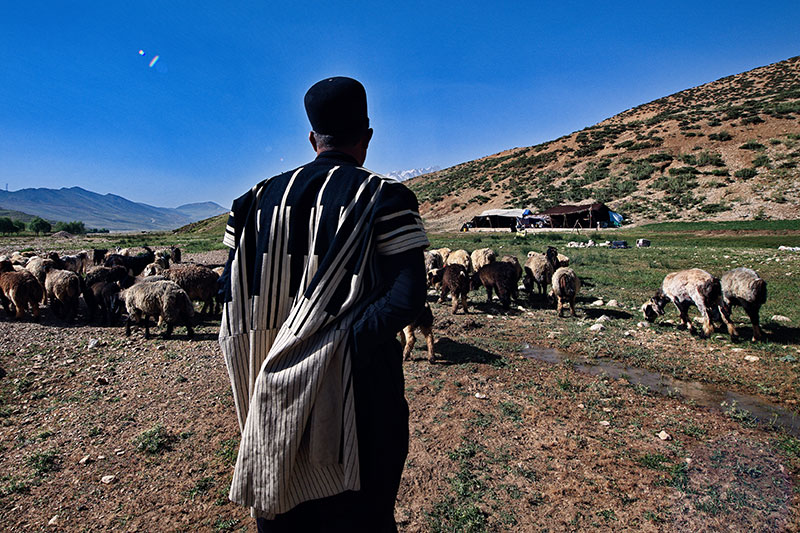In 1925 one of the first ethnographic documentary films was released: Grass: A Nation’s Battle for Life, dedicated to the transhumance of a Bakhtiari tribe. The film was directed by Merian C. Cooper and Ernest B. Schoedsack, famous for directing King Kong in 1933.
Grass: A Nation’s Battle for Life, by Merian C. Cooper and Ernest B. Schoedsack, 1925.

